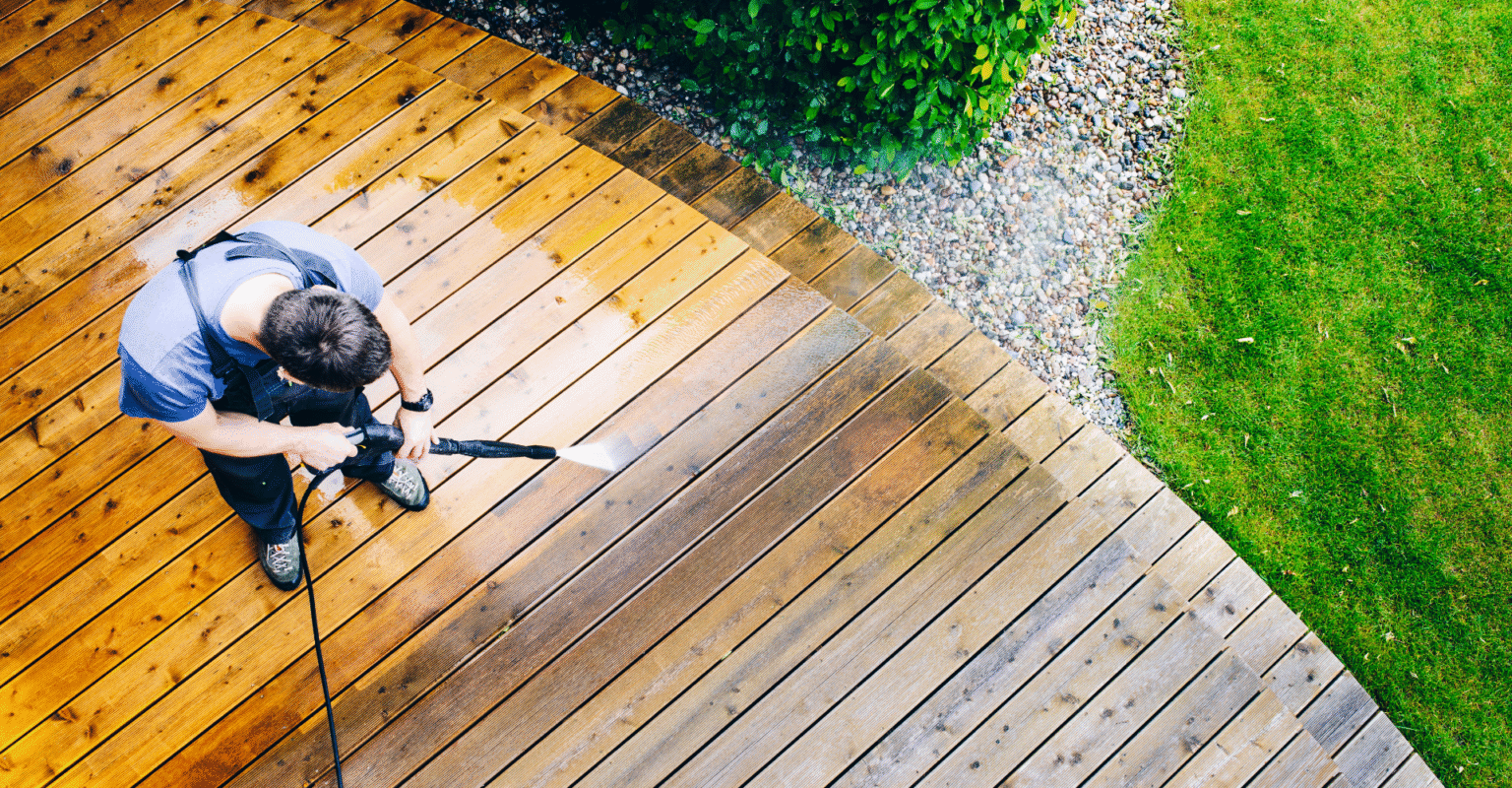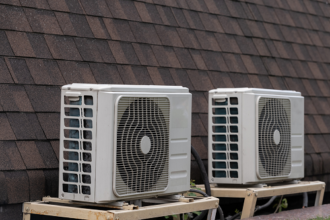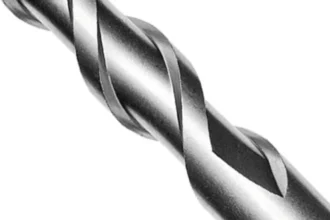Outdoor decks are an extension of your living space. They serve as areas for entertaining, relaxing, dining, and enjoying nature. But over time, exposure to the elements causes dirt, mildew, mold, algae, and stains to accumulate. A once-beautiful deck can quickly look worn, faded, or even unsafe if not properly maintained. That’s where deck washing becomes essential—not just for aesthetic value, but for extending the lifespan of your deck.
Regular cleaning and maintenance can keep your deck looking great year-round, prevent wood rot, and prepare it for sealing or staining. This comprehensive guide will walk you through everything you need to know about maintaining your deck, including cleaning techniques, tools, safety precautions, and whether to DIY or hire a professional.
Why Deck Maintenance Matters
Many homeowners focus on maintaining their interiors but forget that outdoor structures face far more aggressive wear and tear. Between harsh UV rays, rainfall, snow, temperature swings, and foot traffic, your deck endures a constant battle with the environment.
The Risks of Neglect
Ignoring regular deck washing and maintenance can lead to:
- Wood rot and decay from trapped moisture
- Surface mold and mildew that create slip hazards
- Warping or cracking boards from weather stress
- Permanent stains from leaves, dirt, or rust
- Pest infestations, including termites and carpenter ants
The longer these issues go unaddressed, the more costly the repair or replacement becomes. A simple cleaning process can eliminate these risks and protect your investment.
What Causes Decks to Get Dirty?
Even if your deck isn’t in heavy use, the surrounding environment contributes to its wear. Some of the most common causes include:
- Algae and mold growth from humidity or standing water
- Tree sap and leaf debris, especially during the fall
- Barbecue grease or food spills
- Pet stains
- Foot traffic bringing in dirt and mud
- Airborne pollutants, such as pollen or dust
All these contribute to discoloration, slipperiness, and decay if left untreated.
Understanding the Deck Washing Process
Cleaning a deck isn’t just about blasting it with water. It involves the proper tools, cleaners, and methods to preserve the structure and restore its original appearance without damaging it.
Step 1: Clear the Area
Remove all furniture, planters, rugs, or decorations. These items can trap moisture underneath, creating dark patches or mold growth.
Step 2: Sweep and Inspect
Begin by sweeping away loose debris like leaves and dirt. This makes it easier to spot signs of damage, loose nails, or warped boards that need attention.
Step 3: Choose the Right Cleaner
The choice of cleaner depends on the type of deck material:
- Wood decks: Use a specialized wood cleaner to prevent damage or discoloration.
- Composite decks: These need non-corrosive cleaners designed for synthetic materials.
- Painted or stained decks: Gentle solutions help preserve the finish.
Avoid bleach-based products unless specified for decks, as they can degrade wood fibers and kill nearby plants.
Step 4: Scrub or Pressure Wash
There are two primary methods for deck washing: manual scrubbing or power washing.
Manual Scrubbing
- Mix your cleaner according to instructions.
- Use a stiff-bristle brush on an extension pole.
- Scrub along the wood grain for best results.
- Rinse thoroughly with a garden hose.
Pressure Washing
- Set the pressure washer between 500–1200 PSI for wood decks.
- Use a fan tip nozzle (25–40 degrees) to avoid gouging the surface.
- Keep the nozzle at least 8–12 inches away from the wood.
- Work in smooth, even passes.
Pressure washing can be highly effective but must be done carefully to avoid splintering or damaging the wood.
How Often Should You Wash Your Deck?
The frequency of deck washing depends on your climate, usage, and surrounding environment. As a general rule:
- Once or twice a year: For most decks in moderate climates.
- Every 3–4 months: In humid areas prone to mold and algae.
- After heavy storms: If the deck is covered in debris or standing water.
- Before staining or sealing: Always wash thoroughly before applying any protective coating.
Even if your deck looks clean, invisible mold spores or pollutants can slowly damage the surface. A regular schedule ensures both cleanliness and safety.
Common Deck Cleaning Mistakes to Avoid
While deck washing might seem straightforward, there are common errors that can cause more harm than good:
Using Too Much Pressure
High-pressure washers can gouge wood, cause splintering, or erode finishes. Always start with a low-pressure setting and test a small area first.
Not Pre-Rinsing or Pre-Wetting
Dry wood absorbs cleaner too quickly, leading to uneven application. Pre-wet the surface to allow better cleaner distribution.
Skipping Safety Gear
Cleaning solutions and debris can irritate skin and eyes. Always wear gloves, eye protection, and old clothes.
Cleaning in Direct Sunlight
Sunlight can cause the cleaner to evaporate before it works effectively. Choose a cloudy day or work in shaded sections.
Ignoring Surrounding Plants
Cover nearby vegetation with plastic or wet it down thoroughly to protect it from chemicals.
DIY vs. Hiring a Professional
If you’re comfortable with tools and safety protocols, deck washing can be a manageable DIY project. However, there are situations where calling in a professional is the smarter choice.
DIY Pros:
- Cost savings
- Flexible timing
- Hands-on control over the process
DIY Cons:
- Time-consuming
- Risk of damage from improper technique
- May lack professional-grade equipment
Professional Pros:
- Fast, efficient service
- Access to commercial cleaners and tools
- Added services (sealing, repairs, inspections)
Professional Cons:
- Higher upfront cost
- Must schedule and coordinate visits
For large decks, severely neglected surfaces, or composite materials, a professional service often delivers better results with less risk.
Should You Seal or Stain After Washing?
Washing your deck is just one part of ongoing maintenance. Once clean, sealing or staining your deck can add years to its lifespan.
Benefits of Sealing or Staining:
- UV Protection: Prevents fading and cracking
- Water Resistance: Stops moisture from penetrating wood
- Color Enhancement: Restores or changes the deck’s appearance
- Easier Future Cleaning: Sealed surfaces repel stains and dirt
Always allow your deck to dry completely—typically 48–72 hours—before applying a sealant or stain. Failure to do so can trap moisture and cause further issues.
Tools and Supplies Checklist
Here’s what you’ll need for an efficient and safe deck washing project:
- Garden hose or pressure washer
- Deck cleaner (wood or composite-specific)
- Protective gloves and goggles
- Long-handled scrub brush
- Drop cloths or tarps to protect nearby plants
- Bucket and measuring tools for cleaner
- Sealer or stain (if applying after drying)
Planning and preparation are just as important as the actual cleaning process. Being organized ensures the job gets done right the first time.
Long-Term Deck Maintenance Tips
Once your deck is clean and protected, a few ongoing habits can help it stay in top shape:
- Sweep regularly to prevent debris buildup.
- Clean spills immediately, especially grease or oil.
- Inspect for damage after storms or heavy use.
- Reapply sealant every 1–3 years depending on wear.
- Keep gutters and overhanging trees trimmed to reduce moisture exposure.
These steps take only a few minutes but can extend your deck’s life significantly.
Final Thoughts
Your deck is more than just an outdoor structure—it’s a valuable part of your property and a hub for relaxation and entertainment. Keeping it clean, safe, and attractive doesn’t require a massive investment. With regular deck washing, proactive care, and the right products, you can preserve its beauty and functionality for years to come.
Whether you choose to handle it yourself or hire a professional, one thing is clear: Clean decks not only look better—they last longer, too. Don’t wait for visible damage to remind you it’s time for maintenance. A clean deck is a happy deck.

















